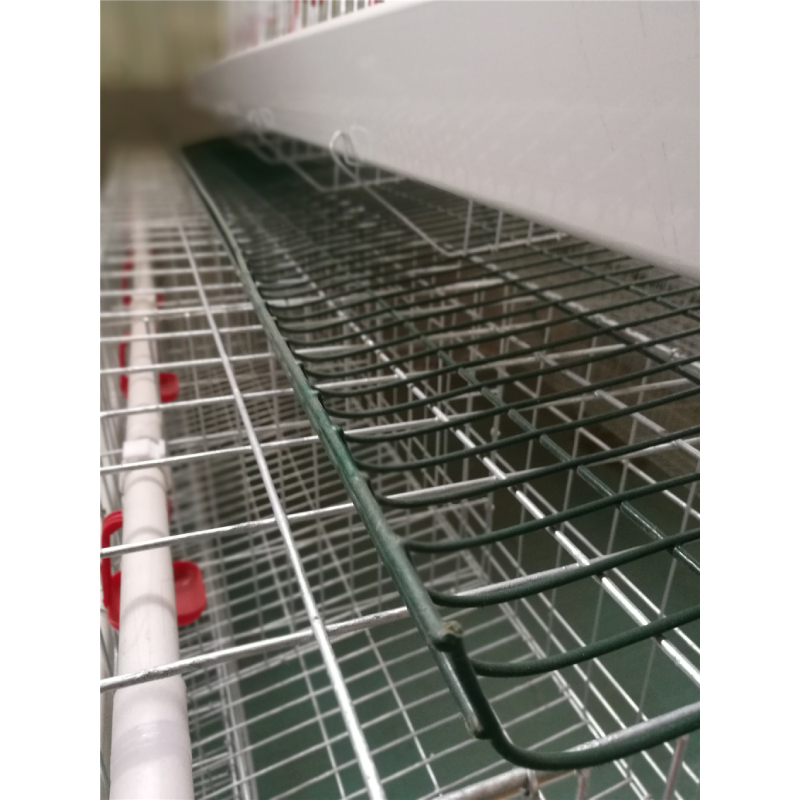scalding tank
Dec . 20, 2024 09:52 Back to list
scalding tank
Understanding the Importance of Scalding Tanks in Poultry Processing
In the poultry processing industry, ensuring the highest standards of hygiene and efficiency is paramount. One essential piece of equipment that plays a critical role in this process is the scalding tank. Scalding tanks are designed to facilitate the plucking of feathers from poultry, and while their function may seem straightforward, their significance cannot be understated.
The Role of Scalding Tanks
When birds are processed, they undergo a series of steps that include stunning, bleeding, and feather removal. The scalding tank is situated just after the bleeding process. Its primary function is to immerse the carcasses in hot water, usually between 140°F to 160°F (60°C to 71°C), depending on the species and the desired results. This immersion loosens the feathers, making them easier to remove in the subsequent plucking phase.
How Scalding Works
The process of scalding effectively denatures the proteins in the skin and the feathers. When the poultry is submerged in hot water, the heat causes the feathers to loosen. This is crucial because if the water temperature is too low, the feathers may be difficult to remove, leading to inefficiencies and a product that does not meet quality standards. Conversely, if the water is too hot, it can damage the skin, leading to quality issues and potential economic loss.
Types of Scalding Tanks
There are two primary types of scalding tanks used in poultry facilities batch and continuous flow
.scalding tank

1. Batch Scalding Tanks These are designed to process a finite number of birds at one time. Their simplicity allows for effective control of time and temperature, making them suitable for smaller operations. However, they may lack the efficiency needed for larger scale operations.
2. Continuous Flow Scalding Tanks As the name suggests, these tanks allow for a constant flow of birds through the scalding chamber. This system is generally more efficient for larger processing plants, as it can handle a higher volume of birds and maintain consistent temperature control. Continuous systems often feature automated controls that help ensure optimal conditions are maintained throughout the processing day.
Quality and Safety Standards
The quality of the scalding process directly impacts the final product. Poultry that has been properly scalded will exhibit better skin quality and an improved appearance, all of which are vital for consumer satisfaction. Additionally, maintaining appropriate temperatures is crucial for food safety. Insufficient scalding can result in contamination risks and may fail to effectively eliminate pathogens. Thus, poultry processors must adhere to stringent regulations and standards to ensure that their scalding tanks operate safely and effectively.
Technological Advancements
Recent advancements in technology have led to significant improvements in the design and operation of scalding tanks. Modern systems often incorporate features such as automatic temperature control, advanced monitoring systems, and better water circulation methods to enhance efficiency and ensure a consistent scalding process. These innovations not only improve product quality but also help reduce water and energy consumption, making operations more sustainable.
Conclusion
In conclusion, scalding tanks are vital components of the poultry processing industry, impacting both the efficiency of feather removal and the overall quality of the final product. As technology continues to advance, the capability of these systems is only set to improve, benefiting both producers and consumers alike. The importance of scalding tanks extends beyond mere operations; they symbolize a commitment to quality, safety, and sustainability in food processing.
-
Hot Sale 24 & 18 Door Rabbit Cages - Premium Breeding Solutions
NewsJul.25,2025
-
Automatic Feeding Line System Pan Feeder Nipple Drinker - Anping County Yize Metal Products Co., Ltd.
NewsJul.21,2025
-
Automatic Feeding Line System Pan Feeder Nipple Drinker - Anping County Yize Metal Products Co., Ltd.
NewsJul.21,2025
-
Automatic Feeding Line System - Anping Yize | Precision & Nipple
NewsJul.21,2025
-
Automatic Feeding Line System - Anping Yize | Precision & Nipple
NewsJul.21,2025
-
Automatic Feeding Line System-Anping County Yize Metal Products Co., Ltd.|Efficient Feed Distribution&Customized Animal Farming Solutions
NewsJul.21,2025






